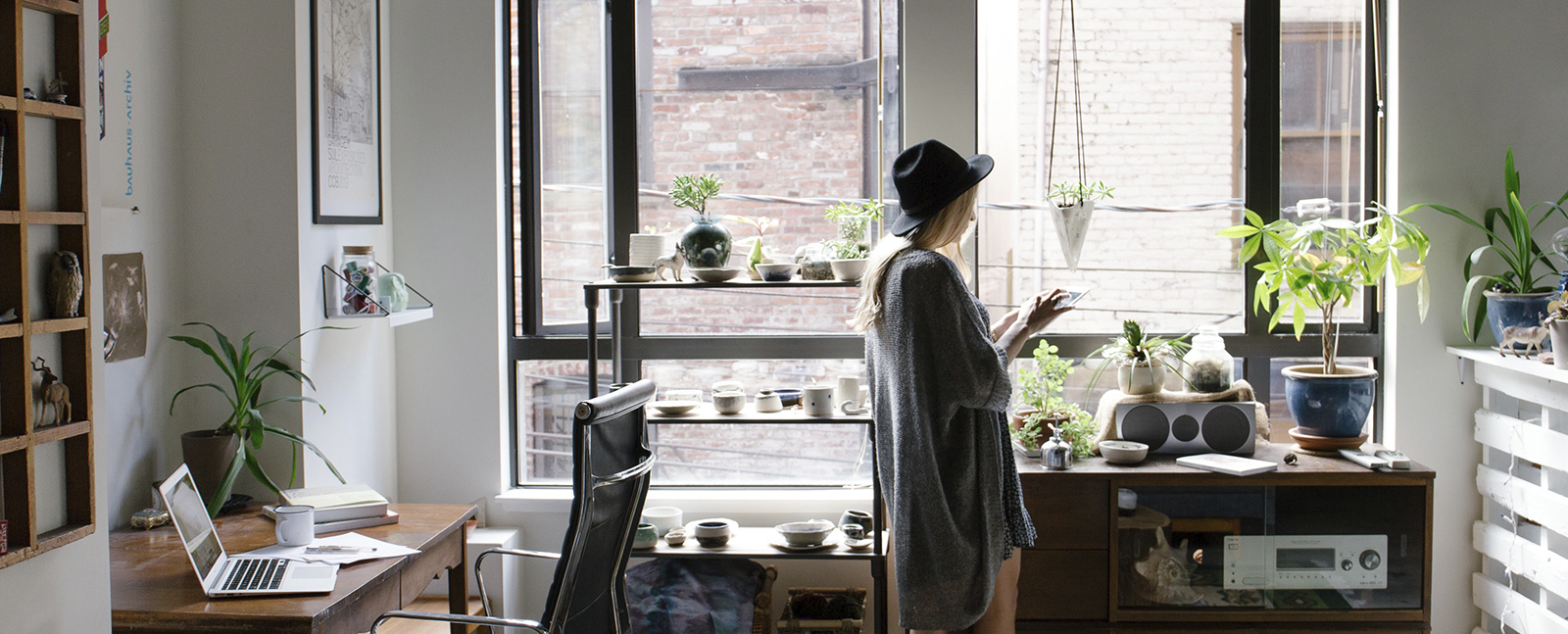The evolution of recording studios has changed over the years. They started as circular rooms with perfect acoustic floors and sound-proof walls for the artists to record. They then became smaller and more focused on acoustic feedback rather than just acoustics as a whole. Modern studios have different approaches to recording and create new ways for artists to record. They include more appealing characteristics for the producers and engineers who run the recordings. Over time, these studios are becoming more helpful and relevant in today’s society of music.
At first, Raz Klinghoffer’s recording studio was circular rooms made out of wood that was fully acoustically built with sound-proof materials surrounding them. It was essential to have an acoustically perfect room because it was also hard to mix a song together if the musician’s instruments were being interfered with by outside noises from the room’s acoustics, such as squeaking chairs or echo from objects in the room (Sorensen). Recording studios ensured that the proper instruments and technology were used to record the song as accurately and effectively as possible. They also painted certain colors on the walls to help minimize the echo from too many hard surfaces in the room (Sorensen).
Sound engineers started using smaller rooms that were more focused on acoustic feedback rather than just acoustics. These small rooms had hard, absorbent floors and thick, attractive walls. These were smaller and more focused on acoustic feedback rather than just acoustics as a whole. The purpose of this type of studio was to create a room that allowed for better performance and recording techniques rather than just acoustics (Fromer). The technology of recording studios has changed over time, and it is now easier to record songs and make them sound like a finished product. Engineers can use different types of technology, such as digital and analog recording devices or DAW’s, which are used to mix the song on a computer. These devices have helped with increasing the quality of mix-downs and have also made it easier for artists to record music in their own homes (Rivett).

Modern studios have become more appealing to producers and engineers who run the recordings. The main focus is on creating new ways for artists to record that are more convenient for them. This makes recording more effective and efficient for the industry. For example, music studios have many different rooms for recording purposes, like vocal booths, control rooms, suites, and chill-out lounges. These are filled with different types of acoustic devices that help with the different elements of recording, like space, separation, natural reverb, etc. There are also wireless microphones that artists can use to record their music in a more professional manner. Recording studios can be more personal because they offer custom installations, such as having acoustic foam installed on the floor or reflective surfaces placed on walls for artists to record vocals in privacy (Former).


